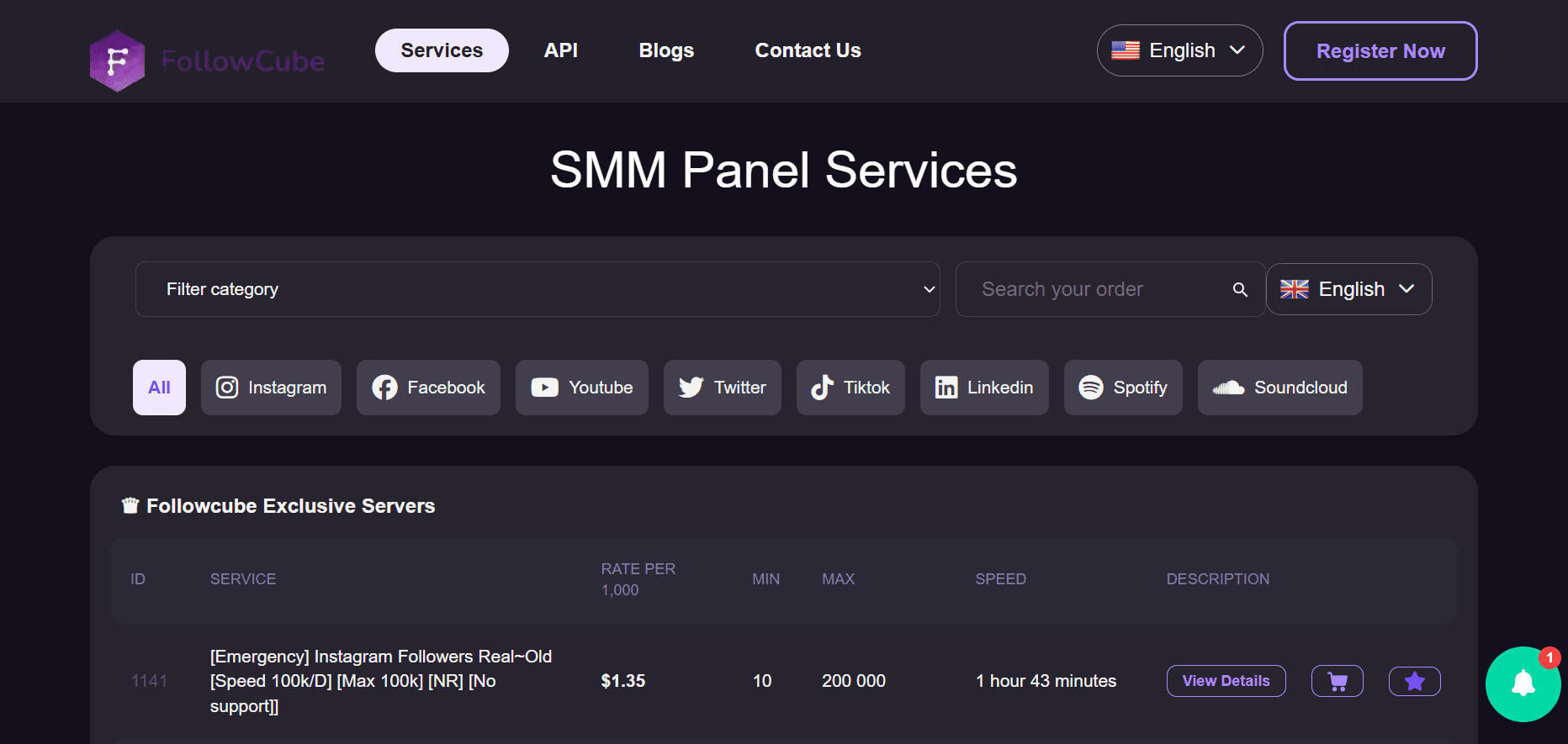Let’s just say it straight: nothing “goes viral” by accident anymore. The apps are in charge. Instagram, TikTok, YouTube—they all run on invisible formulas that decide which clip climbs to millions and which one dies in the corner, ignored.
The kicker? You don’t see the gears turning. But they’re there. And if you’ve ever wondered why your polished reel pulls 200 views while some shaky video of a dog sneezing racks up millions, well, this is why.
So Why Does One Post Explode While Yours Doesn’t?
Scroll your feed. Right now.
You’ll spot it: a random dance video with numbers you’d kill for, then your carefully thought-out post sitting at… what, 163 views?
Here’s the thing—it’s not magic. It’s not even “quality” in the way we usually mean. Platforms feed content into a giant machine that isn’t sentimental about your hard work. It looks at raw stats: likes per minute, replays, comments, the average time someone sticks around. Cold, soulless numbers.
But those numbers? They’re shaped by messy human behavior. Which means if you understand both sides—the machine and the people—you’ve got a shot at tipping the scale.
What the Algorithms Actually Care About
Forget the hype. Strip it down and most platforms optimize for three things:
- Relevance. Does your post match what this user usually watches, clicks, or searches for?
- Engagement. Are people interacting—fast? Likes, saves, stitches, comments, shares.
- Retention. Does your post keep folks glued to their screens longer than the average?
Each app has its quirks:
- TikTok lives on completion rate and replays.
- Instagram quietly favors saves and shares because they scream value.
- YouTube… obsessed with session length. Not just if they watch your video, but what happens after.
Basically, the machine is asking one question: If we show this, will they stick around longer?
The Staircase of Virality
People talk about “going viral” like it’s a lottery. It’s not. It’s a ladder. And the platforms climb you up step by step.
First step: your content goes to a tiny test audience, often your own followers. If it flops here, game over.
Second step: it gets shown to people who look like your first group—similar habits, tastes, behaviors. If it pops, you move higher.
Final step: it spills into For You pages, trending hashtags, or explore tabs. That’s the jackpot moment.
See? Virality isn’t random. It’s earned in increments.
Why It Still Feels Like Chaos
Because humans are inconsistent.
Post at 8 AM and people are commuting. Engagement’s flat. Post the exact same clip Friday night and suddenly it’s popping because people are half-buzzed on the couch, thumb-scrolling.
That’s why the best creators don’t throw stuff into the void and sulk when it flops. They test, tweak, learn. Creators often combine consistent testing with a layer of social proof—using visibility tools that ensure their best work reaches a fair sample before algorithms make a call. Not as a shortcut to “fake it,” but as a way to make sure their work gets a fair first run in that brutal stage-one test.
The Signals That Shout “Boost Me”
A few key signals make algorithms sit up straighter:
- Engagement velocity: How fast do the likes and comments pile up?
- Watch-through rate: Are people sticking till the end—or bailing at second three?
- Save-to-like ratio: Saves signal depth. Likes are shallow.
- Shares: If people send your post to friends, the machine thinks, “Ah, this is contagious.”
Think of it like applause. The faster and louder the clapping, the more the spotlight lingers.
If that early applause doesn’t happen naturally, using targeted engagement boosts can help prime the algorithm to keep your post in circulation longer.
You Can’t Outsmart It, But You Can Play Along
Let’s be blunt: the platforms aren’t on your side. They’re on their side. Their only loyalty is to attention.
So your job isn’t to fight. It’s to sync up with what they want.
Patterns help:
- Hook people in the first three seconds. Always.
- Shorter captions usually outperform walls of text.
- Consistency—3 posts a week steady beats 10 in a burst and then silence.
These aren’t “hacks.” They’re just truths anyone posting regularly eventually learns, the hard way.
Practical Alignment Moves
If you want to ride with the algorithm instead of fighting it, here’s where to start:
- Nail the hook. Your opener is survival, not decoration.
- Design content people naturally rewatch—loops, satisfying endings, curiosity gaps.
- Prompt interaction: ask questions, drop polls, invite duets.
- Lean on social proof when you need it. Even a modest baseline of likes/views (yes, via BuyRealFollows if you choose) can tip the early test.
- Show up consistently. Algorithms love patterns.
Not flashy advice. Just what works.
Why Social Proof Keeps Winning
Here’s a scenario. Two nearly identical videos. One has 40 views, two likes. The other has 2,000 views, 180 likes.
Guess which one gets fed further?
That’s the underrated role of social proof. It doesn’t guarantee virality, but it makes the algorithm less hesitant to give you another round of testing. Call it a gentle push up the stairs.
So, Is Virality Random or Not?
Pull it all together:
- The algorithm’s a prediction engine.
- It rewards content that grabs attention and keeps it.
- Virality happens in stages, not overnight.
- Social proof acts as an accelerant, not a cheat code.
- Human behavior is the wild card—but patterns are visible.
It’s not chaos. It just feels that way until you learn to see the wires.
The Bigger Picture
Algorithms are the new gatekeepers. That’s the uncomfortable truth.
Which means for creators, small businesses, influencers—basically anyone trying to build something online—knowing how they think isn’t optional. It’s survival.
Once you see the invisible systems at work, you stop believing in “luck.” You start treating virality like what it really is: a craft. One you can practice, refine, and eventually—sometimes—master.



































